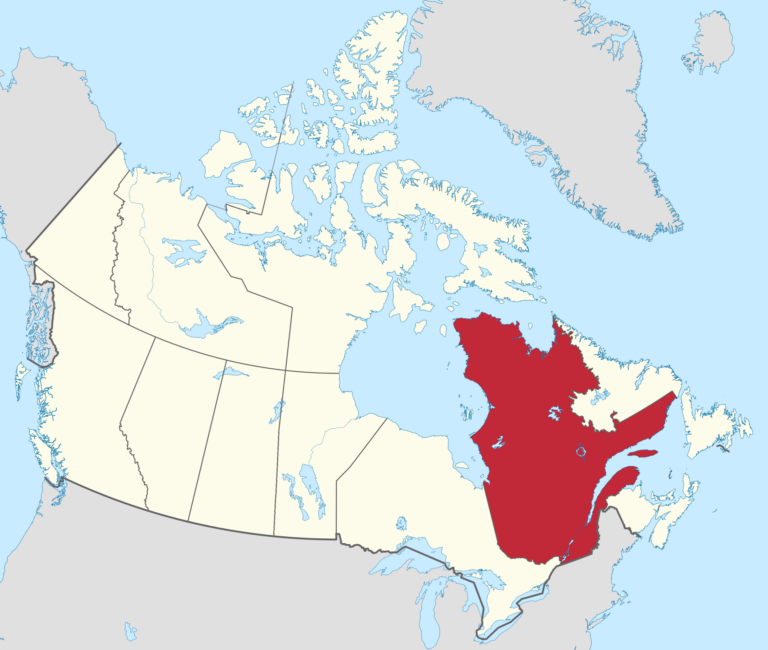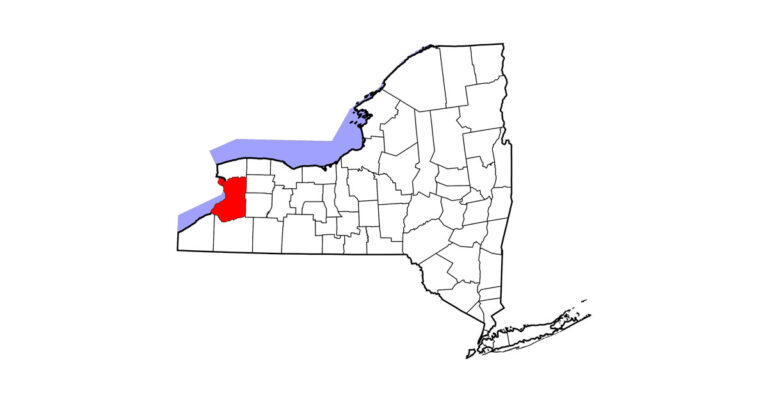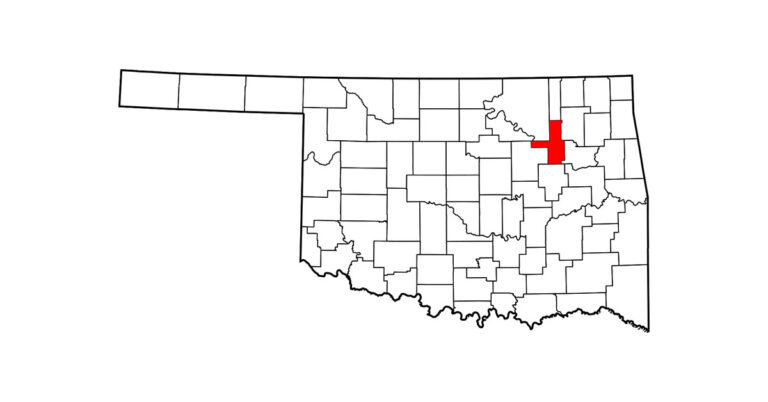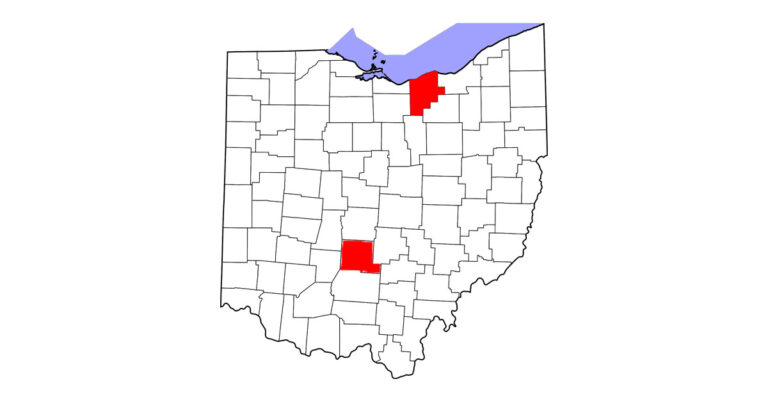To gain valuable insight into your horse’s health and well-being, spend some time assessing his soundness every week or two, the day after a big school or show or anytime you suspect a problem. Start by standing him square, on level ground. Then go over his body from head to toe.
Head
1. Look for right–left symmetry. For example, the flat muscles at the cheeks should be equally developed. A bulge or a depression may indicate a dental problem.
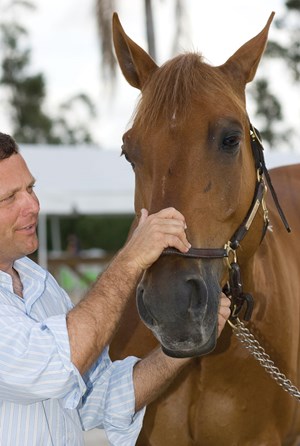
2. Check the jaw’s grinding motion: Put one hand on your horse’s nose. With your other hand, lightly grasp his lower jaw and gently move it a little to one side and then the other. It should slide easily for a half-inch or so before your horse needs to open his mouth. Resistance may be a sign of discomfort from a dental issue or problem with the joint that connects the lower jaw to the skull.
Neck and Back
3. Use the flats of your fingers to press lightly along the neck, withers and muscles that run down your horse’s back, a couple of inches on each side of his spine. Examine one side, then the other. Look for asymmetrical muscle development and signs of soreness.
4. Test the range of motion through the neck: Hold a carrot below your horse’s nose and slowly lower it to his front feet, getting him to stretch down and reach for it. Difficulty could indicate neck stiffness. Now move the carrot toward the center of his chest to get him to bend on each side. Next bring the carrot back toward his elbow and then his hip, getting him to follow it with his nose. If his range of motion is restricted on one side, a back or neck problem may be the cause.
5. Put one hand on his neck just in front of his shoulder blade to act as a pivot point and gently bring his head around. Note any resistance you feel to each side.
Legs and Feet
6. Assess each leg from knee or hock to hoof. Look for swelling or other signs of asymmetry between left and right legs. Run your hands down one leg, comparing it to its opposite leg. Heat and swelling are classic signs of injury, but sensitivity to pressure is also telling. Note your horse’s reactions as you apply consistent and firm but gentle pressure to key structures, including the digital flexor tendons, suspensory ligament, splint bones and joints—fetlock, knee, hock and stifle.
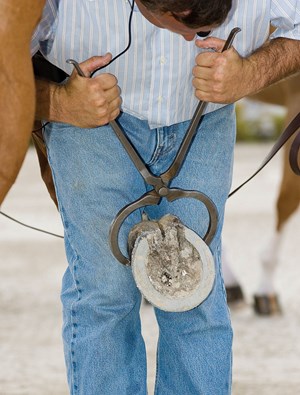
7. Pick up each leg and gently move the joints of the lower limb through their normal range of motion, looking for greater-than-normal resistance. To check the knee joint, for example, lift your horse’s foreleg as if you were going to clean his hoof, then flex his knee by bringing his foot up toward his elbow.
8. Stand back and look at your horse’s feet. They should be symmetrical and balanced. Ideally, each coronary band is parallel to the ground when viewed from the front. As your horse steps forward, each hoof should land flat, not toe first or one side before the other, although conformation may influence the landing pattern at times. Uneven wear of a shoe suggests that the hoof isn’t meeting the ground symmetrically.
9. Look for cracks in the hoof wall and sole. Feel around the coronary bands and heels for sensitivity or swelling, including distension of the coffin joint.
10. Check the hoof itself with hoof testers. Reactions at certain areas may point to different types of problems. Sensitivity at the front of the foot or at the superficial heel (the part farthest to the back) suggests bruising, an abscess or a similar problem involving bones or other structures inside the foot.
Timothy Ober, DVM, is a veterinarian for the U.S. Equestrian Team. His practice, focusing on sporthorses, is based in Virginia and southern Florida.
This article originally appeared in the April 2015 issue of Practical Horseman.





